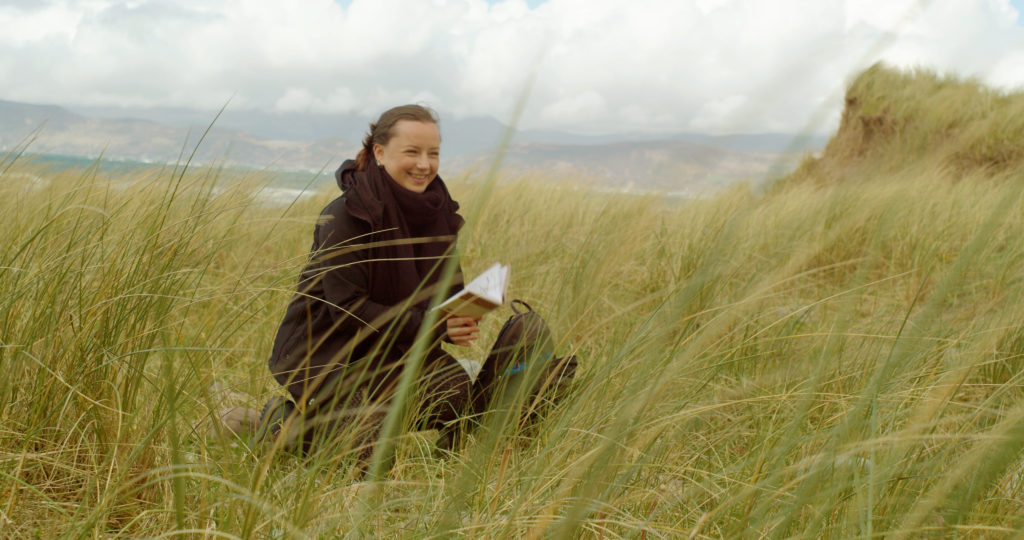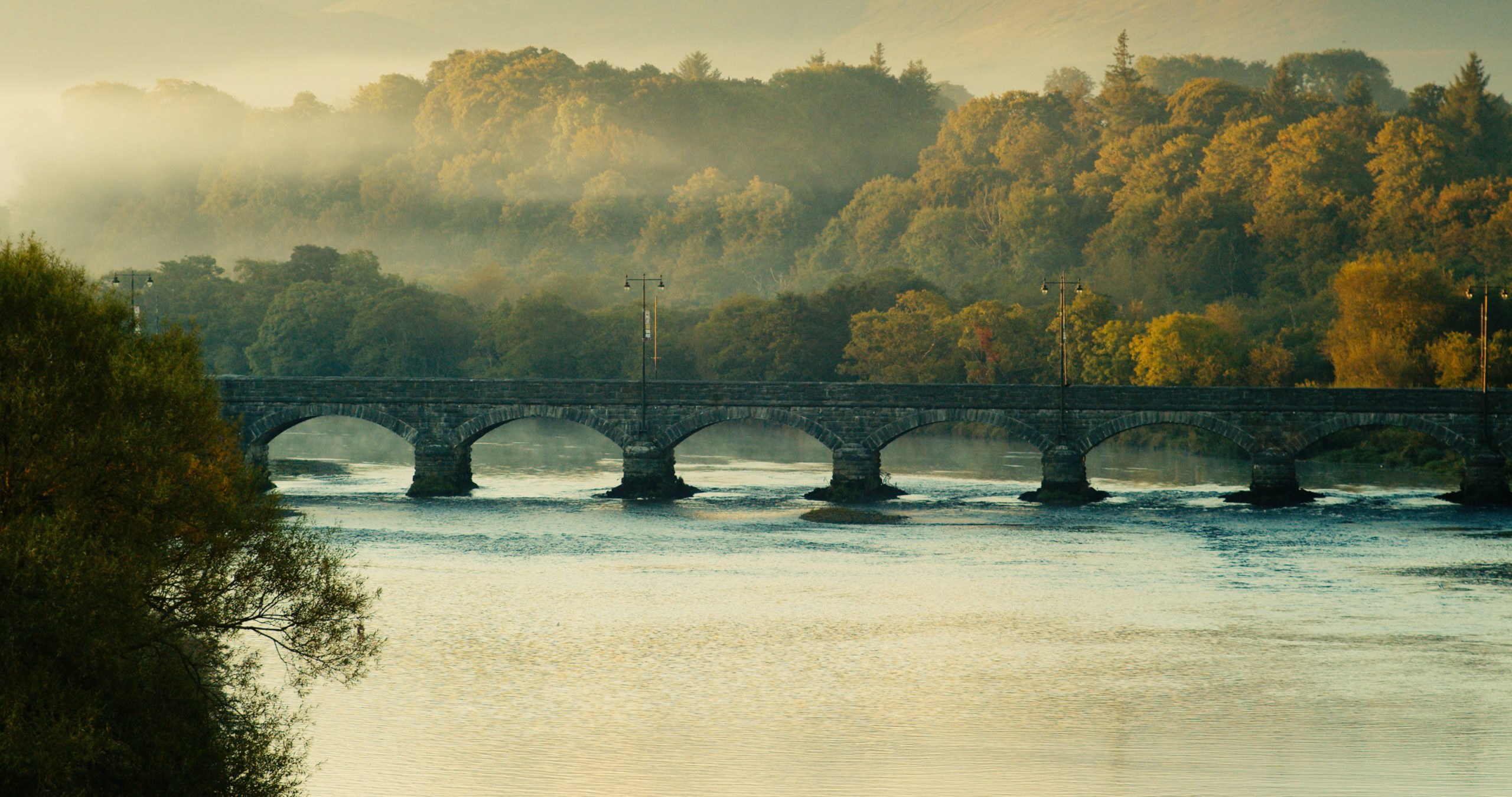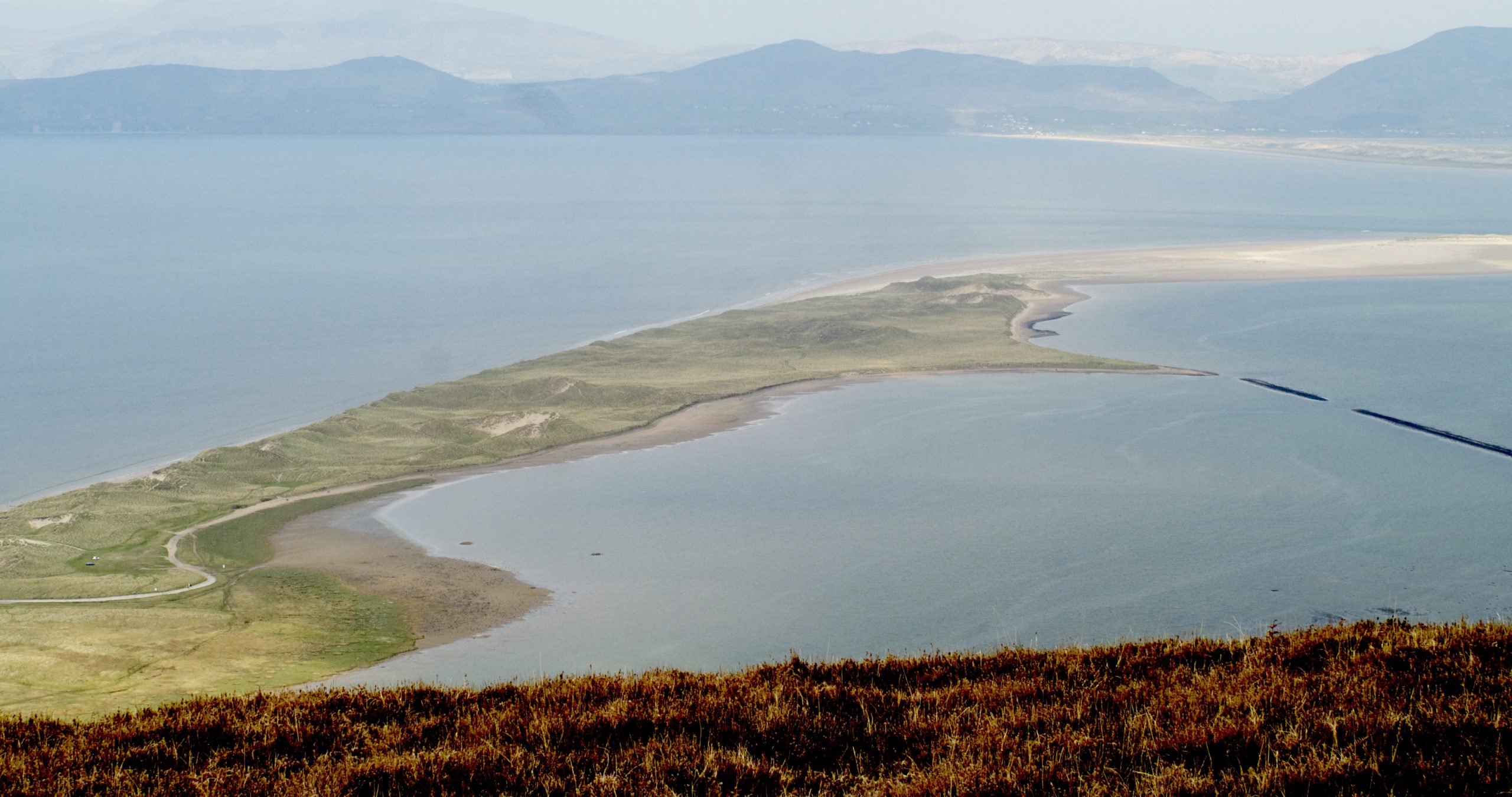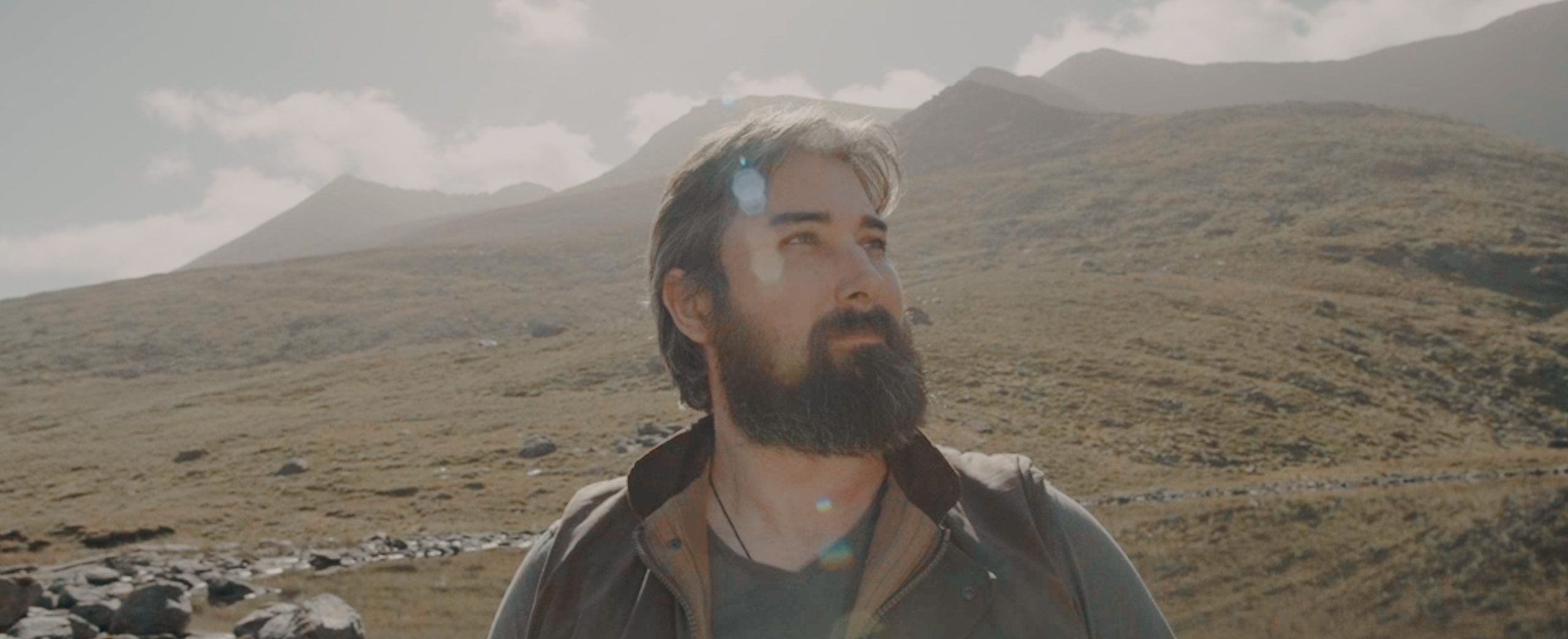Jasmine McCarthy, a scientist living in the Caragh Lake area of the Reeks District, tells us about some of the nature that can be found in the dunes of Rossbeigh strand. Having done a degree in plant science, she loves the Reeks District for the variation and diversity of natural environments. She can usually be found on walks around the hills, grassland, beaches, lakes and woods of the Reeks District, poking around under rocks and taking pictures of plants, fungi and insects.
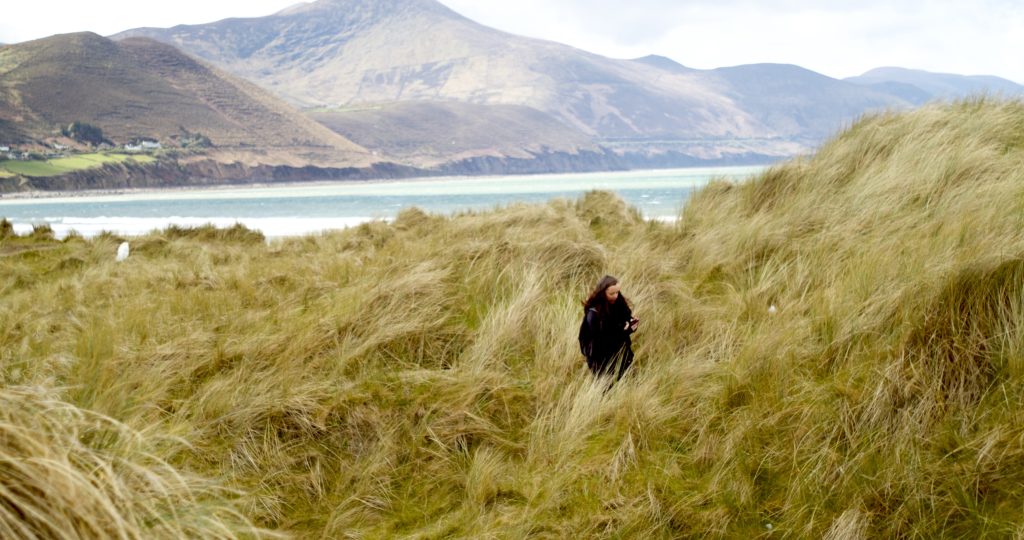
Rossbeigh’s Biodiversity
This time of year is perfect to take a nature walk among the dunes of Rossbeigh. Rossbeigh is located about 2km from the village Glenbeigh. Rossbeigh Beach is a long spit of sand, beach and dunes and is accredited with the Blue Flag status.
On the way to the extensive sand dune system you also pass the noteworthy Fairy Forest. This small woods of mature evergreen conifer with a 6.5 km loop walk boasts a good share of native flowers throughout the seasons: St John’s-wort (Hypericum perforatum), Foxglove (Digitalis purpurea), St Patrick’s cabbage (saxifraga spathularis), Fushsia (fuchsia magellacina), Common dog violet (Viola riviniana), Wild Garlic (Allium ursinum), Primrose (Primula vulgaris) and Monbretia/crocosmia to name a few.
The beach itself is huge and is perfect for nature lovers and families alike. When here doing nature walks throughout the year it is not unusual to see all sorts of water sport enthusiasts.
For nature, though, the dunes function as the perfect barrier against the harsh roaring waves of the Atlantic Ocean. On the ocean side in low tide the beach extends for miles and is perfect for a good walk and if you get there at the right time of day you can spend some of your walk identifying coastal plant species.
Beach Nature Walk on Rossbeigh Strand
A walk on the “back beach” will excite the nature enthusiast from the start. As you reach the end of the paved road you find a domineering sand dune straight in front, go to the right of this and follow the well-worn road along. Straight away you will see all types of plant species naturally adapted to living in the harsh coastal environment.
Most prominent and probably the most important plant you will notice is the tall sea grass growing all around and seemingly covering the entirety of the sand dunes. This is called Marram grass (Ammophila arenaria). It has the ability to both aid in the formation and steadying of these sand dunes. It has fibrous, strong and matted roots which help to bind the sand and keep it in place which in turn helps to create an environment that encourages other coastal species to grow.
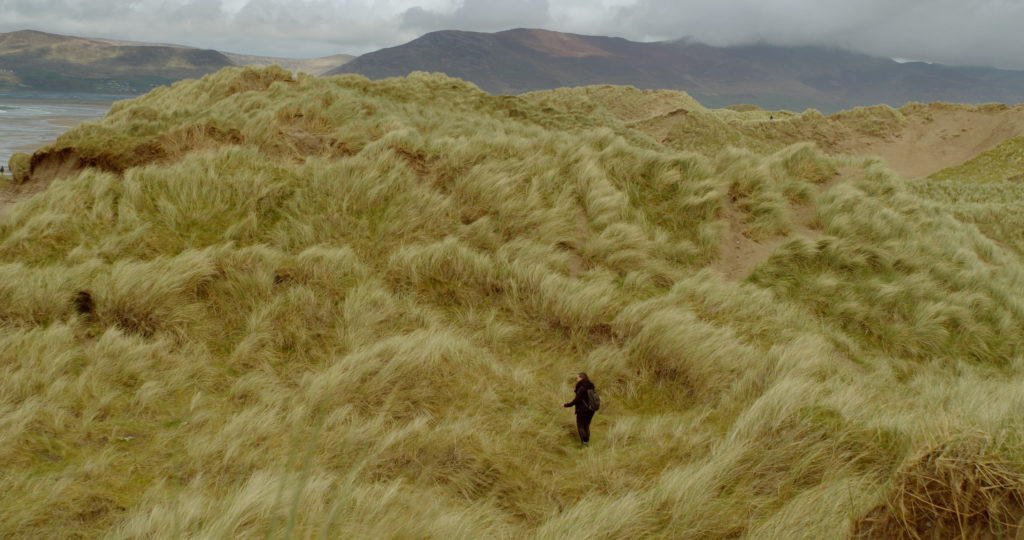
The area directly behind the grassy dunes moves into flat grassland known as Machair that is home to a number of native flowers like common daisy (Bellis perennis), Silverweed (Potentilla anserina), Clover (Trifolium), Buttercup (Ranunculus parviflorus), Coastal Dandelion or Cats-ear (Hypochaeris radicata) etc. This area is often grazed upon by the sheep of local farmers.
If you do take a walk among the sand dunes, please take care where you walk and try to follow one of the many small trails through the dunes to both help protect the species underfoot but also allow yourself to appreciate the flora and fauna around you. The seaside is not only for us humans to admire but also the home of many plant and animal species. To enjoy this beautiful habitat for years to come, please leave it how you found it or better yet if you see any rubbish, please be kind enough to pick it up.
Please only pick up rubbish not plants as many coastal species are protected.
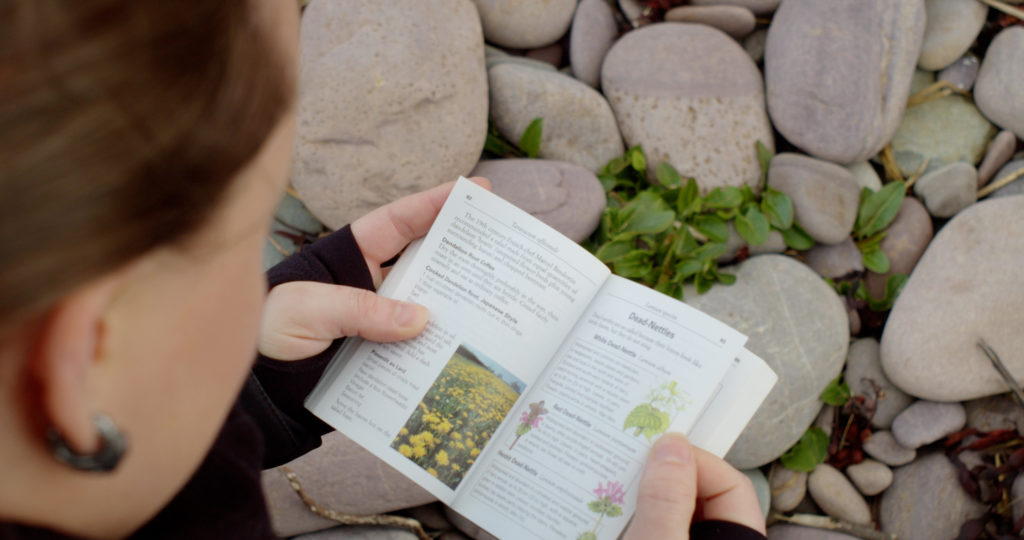
You may be lucky to encounter some of the following on your walk:
Sea holly (Eryngium maritimum)
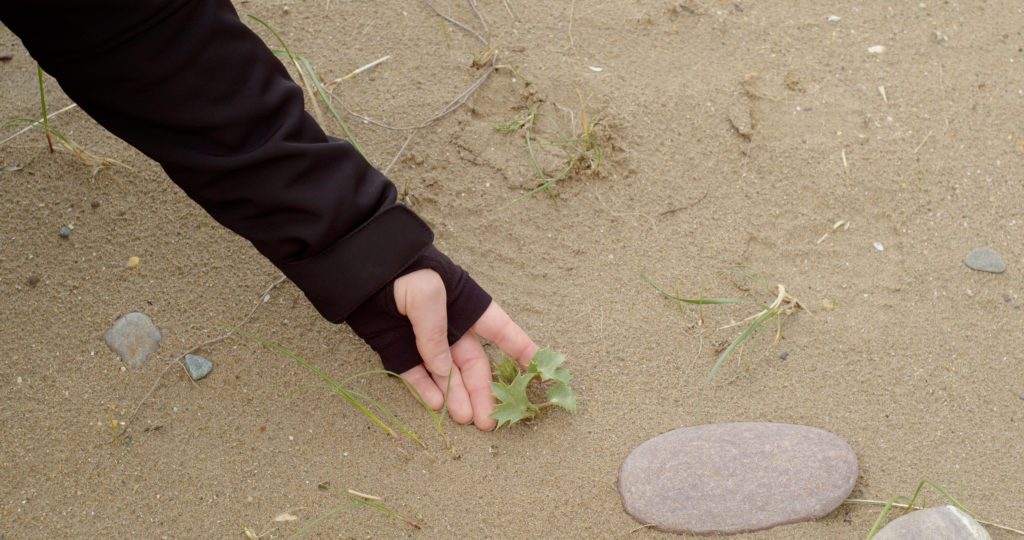
Sea holly is actually a member of the thistle family and produces large impressive silvery blue flowers in the summer.
Common Bird’s-foot-trefoil (Lotus corniculatus)
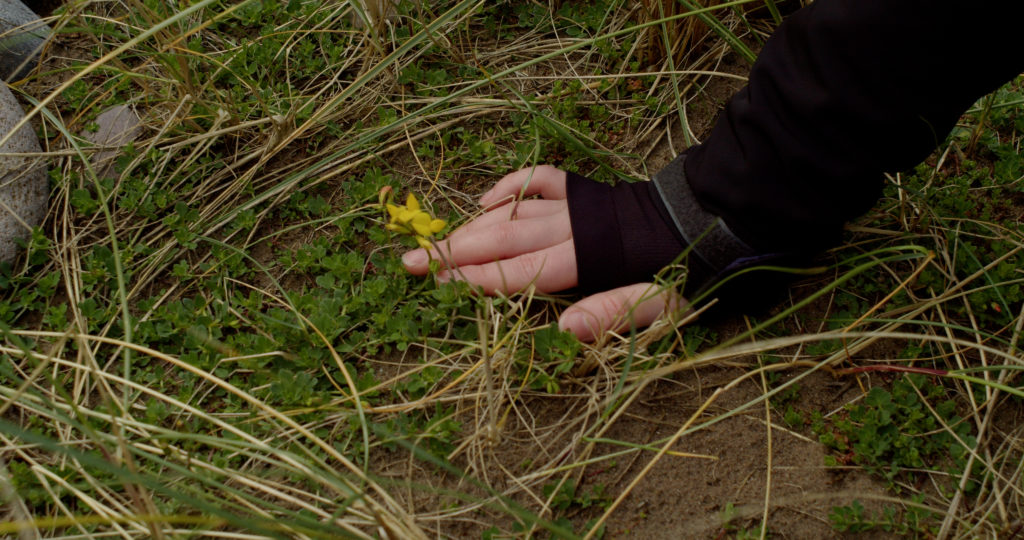
Sea beet (Beta vulgaris ssp. maritima)
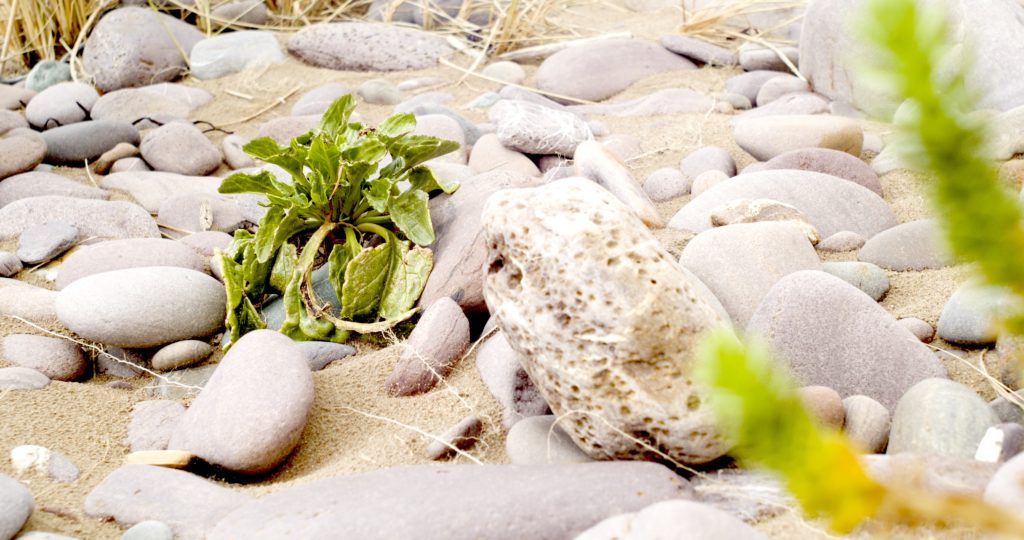
Sea Spurge (Euphorbia paralias)
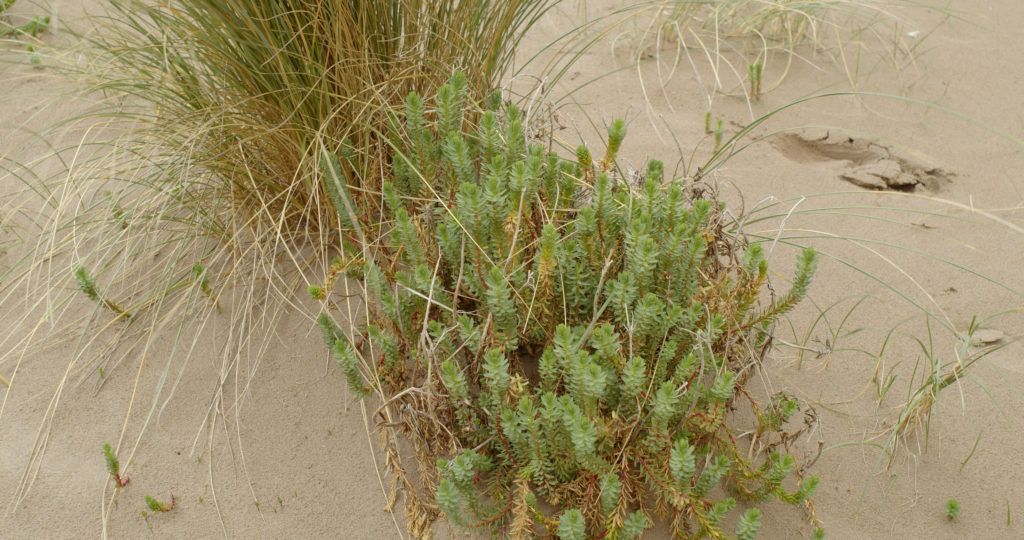
Common Irish spurge (Euphorbia hyberna)
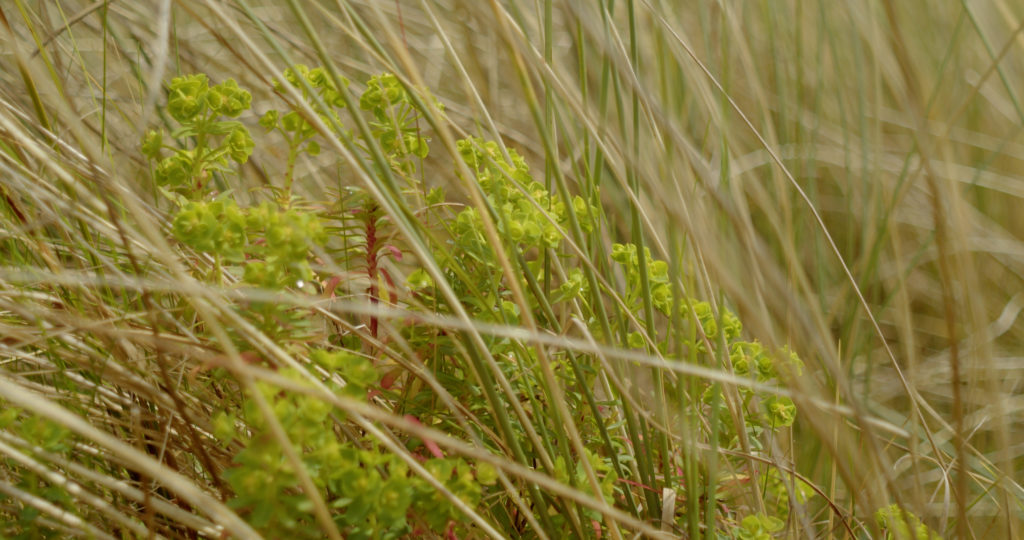
European speedwell or brooklime (Veronica beccabunga)
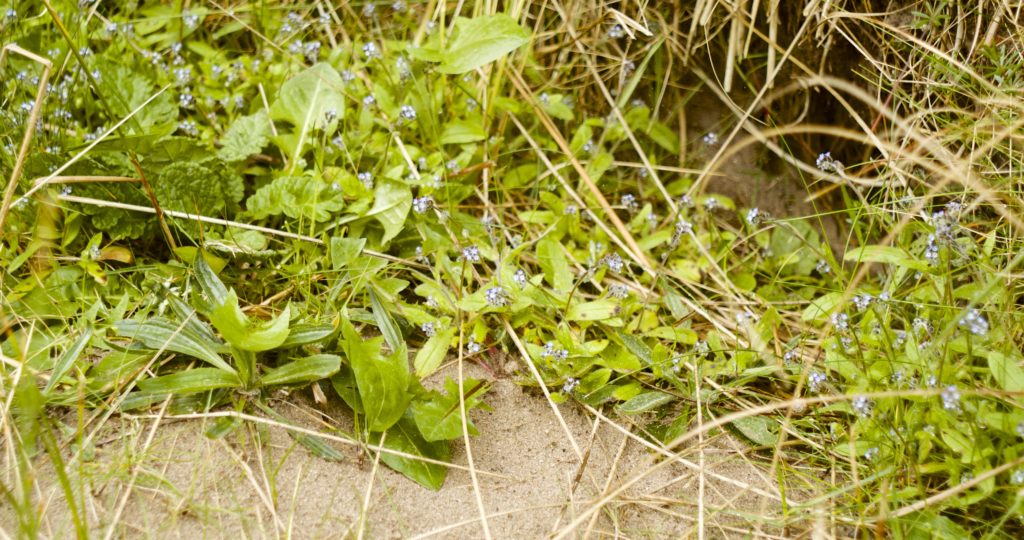
Sea rush (Juncus maritimus)
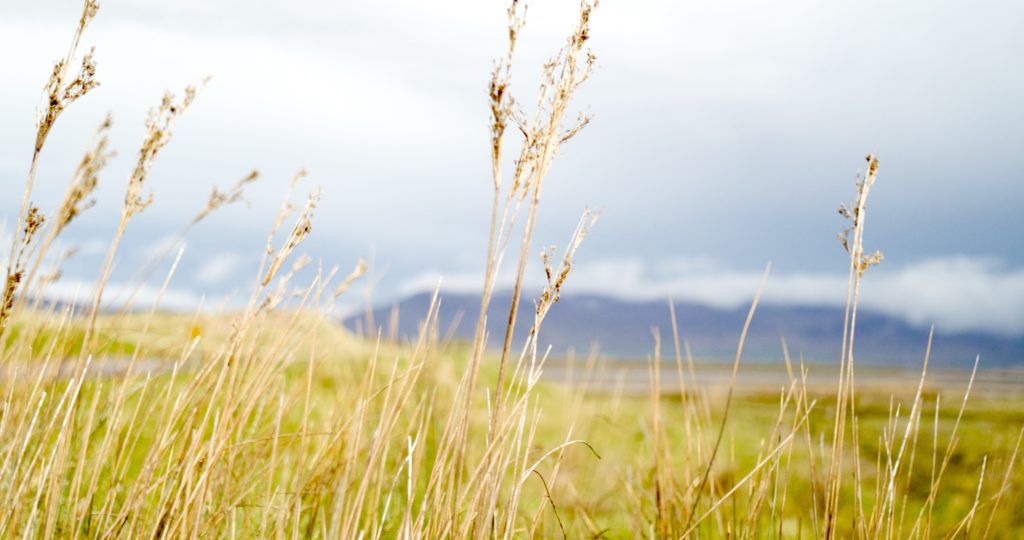
Scurvy grass (Cochlearia officinalis)
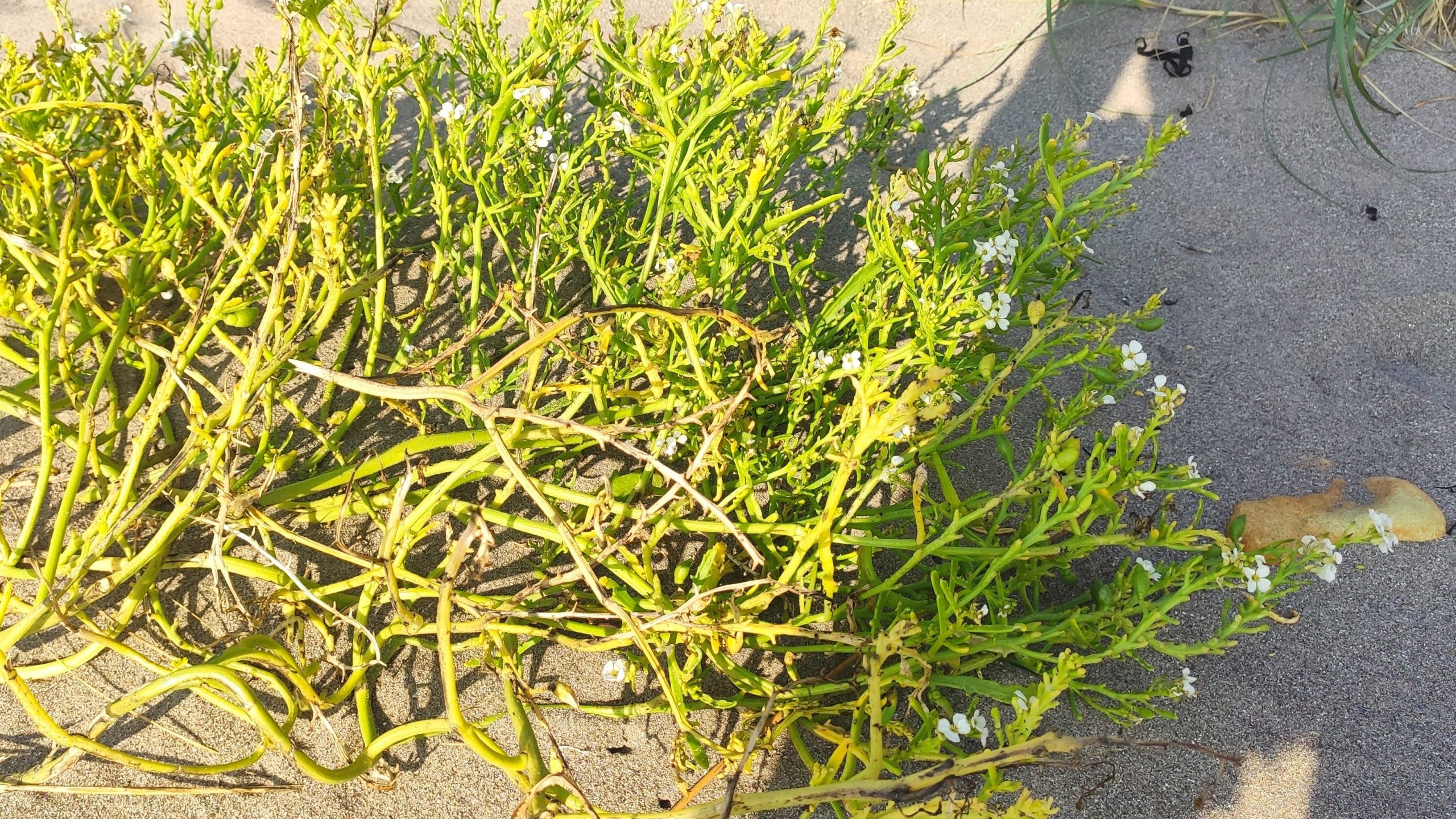
Wild sea radish (Raphanus raphanistrum subsp. maritimus)
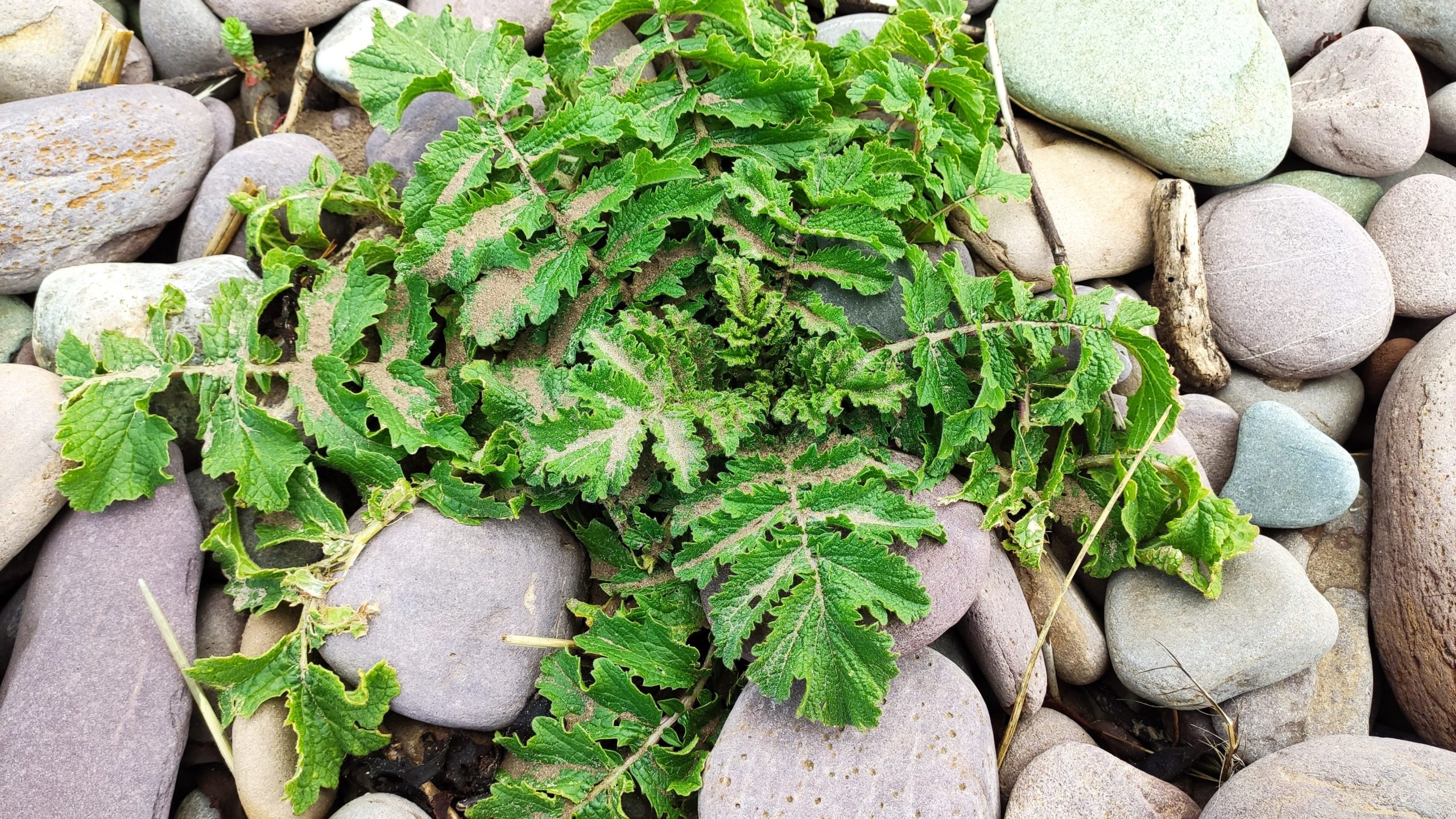
If you see any rare species of plants and you want to contribute to conservation, visit Ireland’s national biodiversity website to learn how anyone can become a citizen scientist.
If you need help identifying any of the plants above or any unique plant you might find a quick internet search is useful. Though in particular wild flowers of ireland is a great resource
If you want to learn more about these coastal habitats and how to help protect them, the clean coasts website is worth a visit. There you will find information on how we can all play our part in protecting these fragile habitats and how to get involved in beach clean ups.
Jasmine McCarthy
Read more stories on our Notes from the Reeks blog
Need to refuel after your plant-scouting adventure? Glenbeigh Hotel has a gastropub while Rosspoint Restuarant overlooks the strand.
